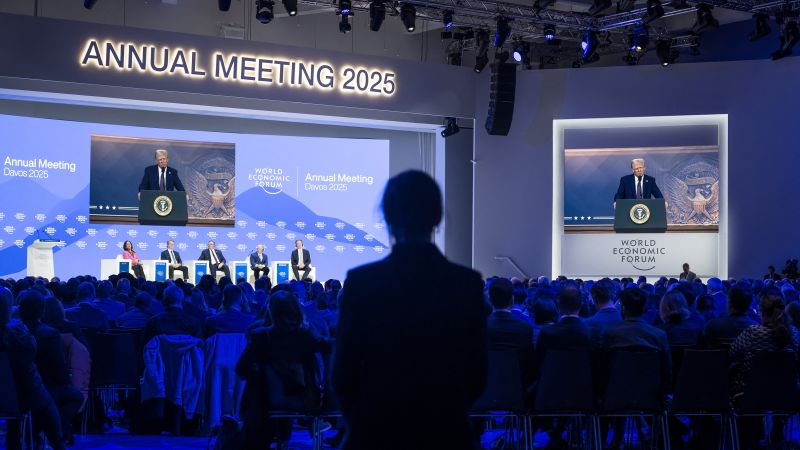President Donald Trump outlined a plan to deliver on his economic promises, proposing a carrot-and-stick approach to world economics that he believes will help solve the inflation crisis and fund his massive tax cut proposals.
Trump’s plan includes:
* Lowering taxes within America’s borders to incentivize companies to do business there
* Raising taxes on businesses outside of America to bring in revenue and drive more American manufacturing
* Producing more oil to lower energy costs and defeat inflation
* Lowering interest rates to reduce costs for businesses and consumers
Trump believes that his plan will ignite business growth and investment in the United States, boost US manufacturing and its labor force, and grow the economy. He also predicts that the tariffs he plans to impose on foreign companies will bring in hundreds of billions of dollars into the US Treasury, which will help pay down America’s massive debt and fund his planned tax cuts.
However, many experts have raised concerns about the feasibility and potential consequences of Trump’s plan. They argue that slashing the corporate tax rate is expensive and will widen the US deficit, while tariffs will increase costs for American consumers and potentially reignite inflation. Additionally, energy demand is in a slump, making it difficult to pump more oil, and the Federal Reserve has a limited ability to lower interest rates.
Despite these concerns, Trump’s plan has some high-profile proponents, including JPMorgan CEO Jamie Dimon, who believes that tariffs can be an effective economic tool. However, many economists and policy experts across the political spectrum have noted that Trump’s logic is flawed and that his plan is unlikely to achieve its intended goals.

